Complex systems
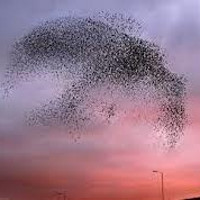 The research done at DFA focuses on the mathematical description of the architecture and dynamics of complex systems. The main objective is to understand how a complex system, that is a system composed made up of many elements interacting in a non-linear way, organizes itself giving rise to various collective behaviors. The methods used are mathematical tools of graph theory, statistical mechanics, non-linear dynamics and large-scale numerical simulations. Applications range from biology to socio-economic systems, including man-made networks, in which both fundamental problems and applied research are addressed in collaboration with private companies. In 2021 the Italian physicist Giorgio Parisi got the Nobel prize for Physics for his pioneering research in complex systems.
The research done at DFA focuses on the mathematical description of the architecture and dynamics of complex systems. The main objective is to understand how a complex system, that is a system composed made up of many elements interacting in a non-linear way, organizes itself giving rise to various collective behaviors. The methods used are mathematical tools of graph theory, statistical mechanics, non-linear dynamics and large-scale numerical simulations. Applications range from biology to socio-economic systems, including man-made networks, in which both fundamental problems and applied research are addressed in collaboration with private companies. In 2021 the Italian physicist Giorgio Parisi got the Nobel prize for Physics for his pioneering research in complex systems.
Statistical mechanics
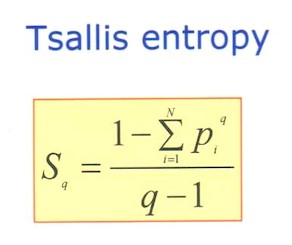
Faculty: Vito Latora, Alessandro Pluchino, Andrea Rapisarda
Statistical mechanics is a powerful physical-mathematical formalism thanks to which it is possible to explain the connection between the macroscopic thermodynamic behavior of a system and the microscopic dynamics of its elementary components and which has had an enormous success for equilibrium systems. In the last 25 years, the attention has shifted to systems far from equilibrium and with long-range interactions for which the formalism of standard statistical mechanics does not work. One of the most successful approaches in this direction is non-extensive statistical mechanics introduced in 1988 by physicist Constantino Tsallis. At DFA we have been working on this theory for years with applications ranging from earthquakes to complex networks.
Complex networks
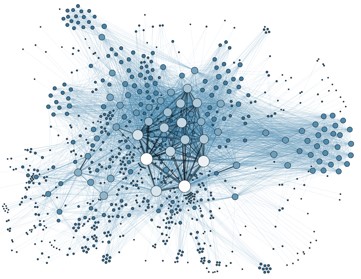
Faculty: Vito Latora, Alessandro Pluchino, Andrea Rapisarda
Many complex systems from the real world can be modelled as networks of coupled dynamical units. At DFA we study both the architecture and the dynamics of complex networks with the main goal of understanding how the topology of the underlying graph affects the dynamics of a system and the emergence of collective behaviors. Topics covered include spatial and temporal networks, networks with many layers and also higher-order networks such as simplicial complexes.
Nonlinear dynamics and chaos
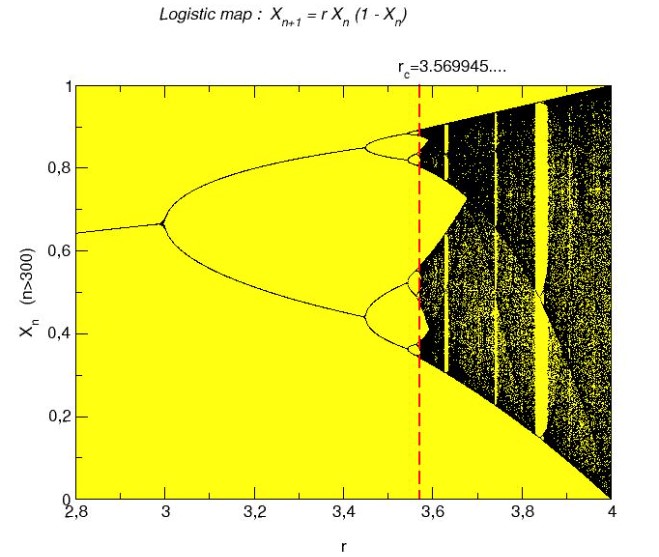
Faculty: Vito Latora, Alessandro Pluchino, Andrea Rapisarda
Chaos and nonlinear dynamics represent inexhaustible sources of concepts and techniques for developing models of complex systems. For example, many complex systems – among which our brain, the global socio-economic networks, the planetary climate, and many others – have been discovered to spontaneously bring themselves at the “edge of chaos”, a sort of very unstable state when events of any size (included extreme ones) can occur.
Interdisciplinary applications
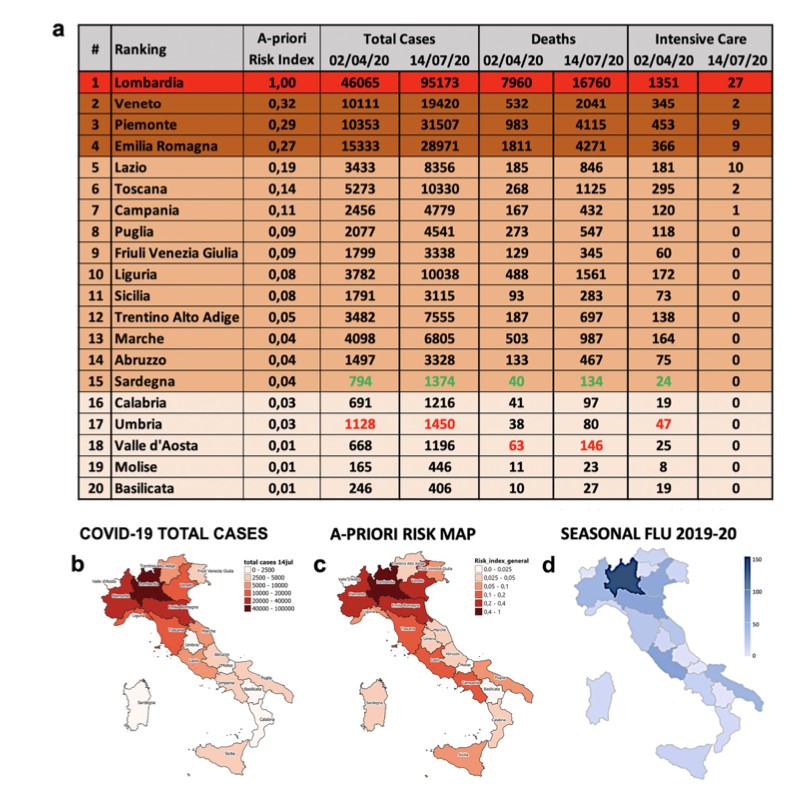
Faculty: Vito Latora, Alessandro Pluchino, Andrea Rapisarda
Complex network analysis, agent-based models, machine learning techniques and several other statistical tools allow us to deal with many different complex systems, following an integrated interdisciplinary approach. Applications to social and ecological networks, earthquakes dynamics, epidemic spreading, financial markets, brain dynamics and artificial intelligence are just examples of several research studies done at DFA. Several studies have also been done to understand Covid-19 pandemic.